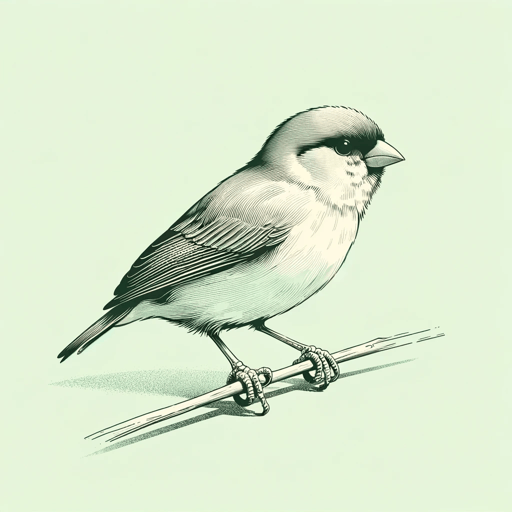62 pages • 2 hours read
Charles DarwinThe Voyage of the Beagle
Nonfiction | Book | Adult | Published in 1839A modern alternative to SparkNotes and CliffsNotes, SuperSummary offers high-quality Study Guides with detailed chapter summaries and analysis of major themes, characters, and more.
Chapters 13-15Chapter Summaries & Analyses
Chapter 13 Summary
The Beagle continues south from Valparaiso to the island of Chiloe (i.e., Chiloé) and the Chonos Archipelago. This region is characterized by an abundance of rain and an impenetrable evergreen forest. Because of the climate and the density of the forest, the ground is damp and many types of vegetables and fruit cannot grow. Darwin notes that the climate that allows the evergreens to thrive prohibits the growth of other species.
Darwin encounters a number of Indigenous people on Chiloe, which he classifies into groups of “three-fourths” or “pure Indian.” He observes many physical similarities between the Indigenous people of Chiloe and those of the Argentinian Pampas, despite their cultural differences. Darwin notes that although the people of Chiloe are all Christians, many retain their Indigenous traditions despite the threat of prosecution by the Spanish government. The people of the island of Lemuy are more welcoming, although they are suspicious of Darwin’s activities. The tribe offers the crew a duck, cotton handkerchiefs, three sheep, and a bunch of onions in exchange for tobacco, indigo, and gunpowder.
At Cape Tres Montes, Darwin spends a day summitting a 1,600-foot-tall hill that resembles a perfect cone. Darwin is delighted by the climb despite the difficulty and suggests that everyone should spend time climbing to excite the mind and create a sense of pride.


